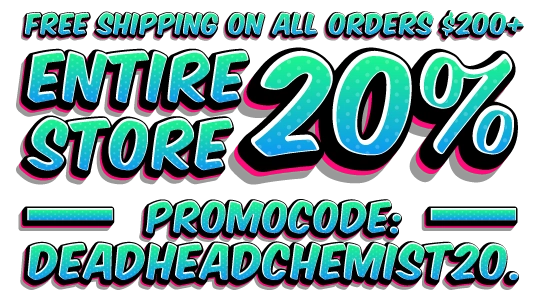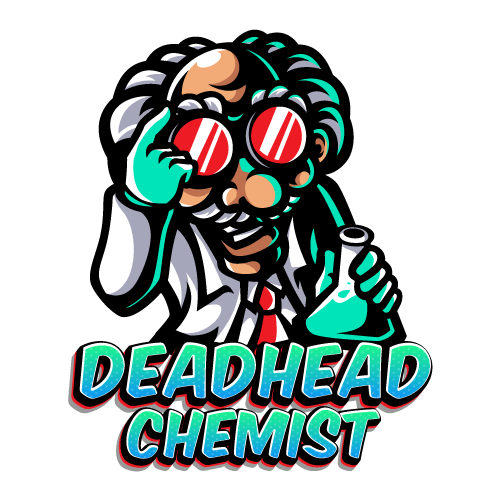
Introduction
For many years, stigma surrounding psychedelic substances has hindered research into their potential medical uses, despite their long history of use. Classical psychedelics such as LSD, mescaline, psilocybin, and DMT are the most well-known and culturally significant. Although these substances have diverse molecular structures and target receptors, they can all produce changes in sensory perception, consciousness, time perception, and reality.
Studies suggest that activation of 5-HT2A receptors, which are excitatory serotonin or 5-HT receptors, is the common mechanism for the psychological effects of classical psychedelics. However, with advancements in research techniques and changes in laws governing these substances, there is currently a scientific renaissance happening in the field of psychedelics. Trials using psilocybin and DMT for stroke and disorders of consciousness are expected to begin in the coming years.
Psychedelics may hold promise for treating brain injuries both in the acute and chronic stages through various processes, including controlling neuroinflammation, increasing neuroplasticity, promoting hippocampal neurogenesis, and enhancing brain complexity. This is based on both in vitro and in vivo research.
Neurophysiology
Neuroinflammatory states in the brain have been associated with Alzheimer’s, Parkinson’s, addiction, and depressive disorders. Currently, non-steroidal anti-inflammatory drugs (NSAIDs), steroids like prednisone, and biologics that target inflammatory cytokines are the primary types of anti-inflammatory medications available, with psychedelics potentially forming the fourth class.
After a stroke, neuroinflammation plays a crucial role in remodeling and healing, as well as infarct expansion. Efforts are being made to modify this inflammation with new medications, as reperfusion injury is a significant contributor to the inflammatory response following ischemic stroke. However, there are few standard treatments available for reperfusion injury after a stroke.
Immune cells exposed to a stroke interact with neurons and microglia in damaged tissue, and controlling this inflammatory response is key to stroke recovery, particularly with respect to TNF, IL-1, IL-6, and IL-10.
Psychedelics may have a unique advantage in targeting pathological immune responses while avoiding the risk of total immune suppression or adverse effects of existing biologics. They induce a distinct pattern of cytokine expression that favors anti-allergic conditions compared to steroids, which cause widespread systemic immunosuppression. Therefore, careful control of the inflammatory response is desirable.
Traditional psychedelics primarily affect the 5-hydroxytryptamine receptors (5-HTRs), particularly the 5-HT2a receptor, which has been shown to control both peripheral and central nervous system inflammation. The 5-HT2a receptor is the most abundant serotonin receptor expressed throughout the body, including on many immune-related cell types. DMT has been extensively studied for its effects on neuroinflammation and reperfusion injury, although other psychedelics such as LSD, MDMA, and DOI have also been found to modulate peripheral immunomodulation.
Neurogenesis of the Hippocampus
Hippocampal neurogenesis has been reported to be impacted by stroke and traumatic brain injury (TBI) in animal models. There is no direct link between increased neurogenesis and recovery due to a number of confounding circumstances, even though it is well recognised that hippocampus neurogenesis plays a crucial role in cognitive recovery following such injuries. These variables include the nature of the damage, the timing of the intervention, the integration of the cells into the hippocampus circuits, and whether boosting neuron survival or proliferation is the intended outcome. Hippocampal neurogenesis has been associated with pro-epileptogenic changes and a reduction in spatial memory, but it has also been associated with better cognition, alleviation from depression, and encoding of episodic memory following TBI.
Neuroplasticity
According to recent studies, psychedelics can enhance the healthy brain’s structural and functional neuroplasticity. The prolonged relief of symptoms in psychiatric diseases following psychedelic use may be explained by this neuroplasticity adaption. According to Ly et al., some psychedelics, like MDMA, were more effective at enhancing plasticity than ketamine, while other psychedelics, like LSD, were more potent. Both non-human vertebrates and invertebrates have shown similar results in vivo, indicating that these systems are evolutionarily conserved.
Brain Complexity
Disorders of consciousness (DOC) can occur due to various types of brain traumas, such as trauma, hypoglycemia, anoxia, and stroke. The primary way that psychedelics are believed to enhance brain complexity is by interacting with 5HTRs.
As mentioned earlier, 5HTR activation promotes neuroplasticity, while inhibition reduces cognitive flexibility and promotes drowsiness and slow-wave sleep. Moreover, 5HTRs play a vital role in regulating the thalamo-frontal connection, which is critical for consciousness.
Conclusion
In conclusion, Deadhead Chemist is glad to have you, and we welcome you to Canada’s best shrooms online dispensary for psychedelic lovers. To buy shrooms in Canada, use our promocode, WELCOME25, and enjoy a 25% discount on every magic mushroom you buy from us. DMT at our company is created with premium quality that will offer you an unmatched psychedelic experience. Buy shrooms online at our dispensary and you will never regret what you did. To buy shrooms in Canada, deadhead magic mushroom is your number one-stop shop for thrilling magic mushrooms.

